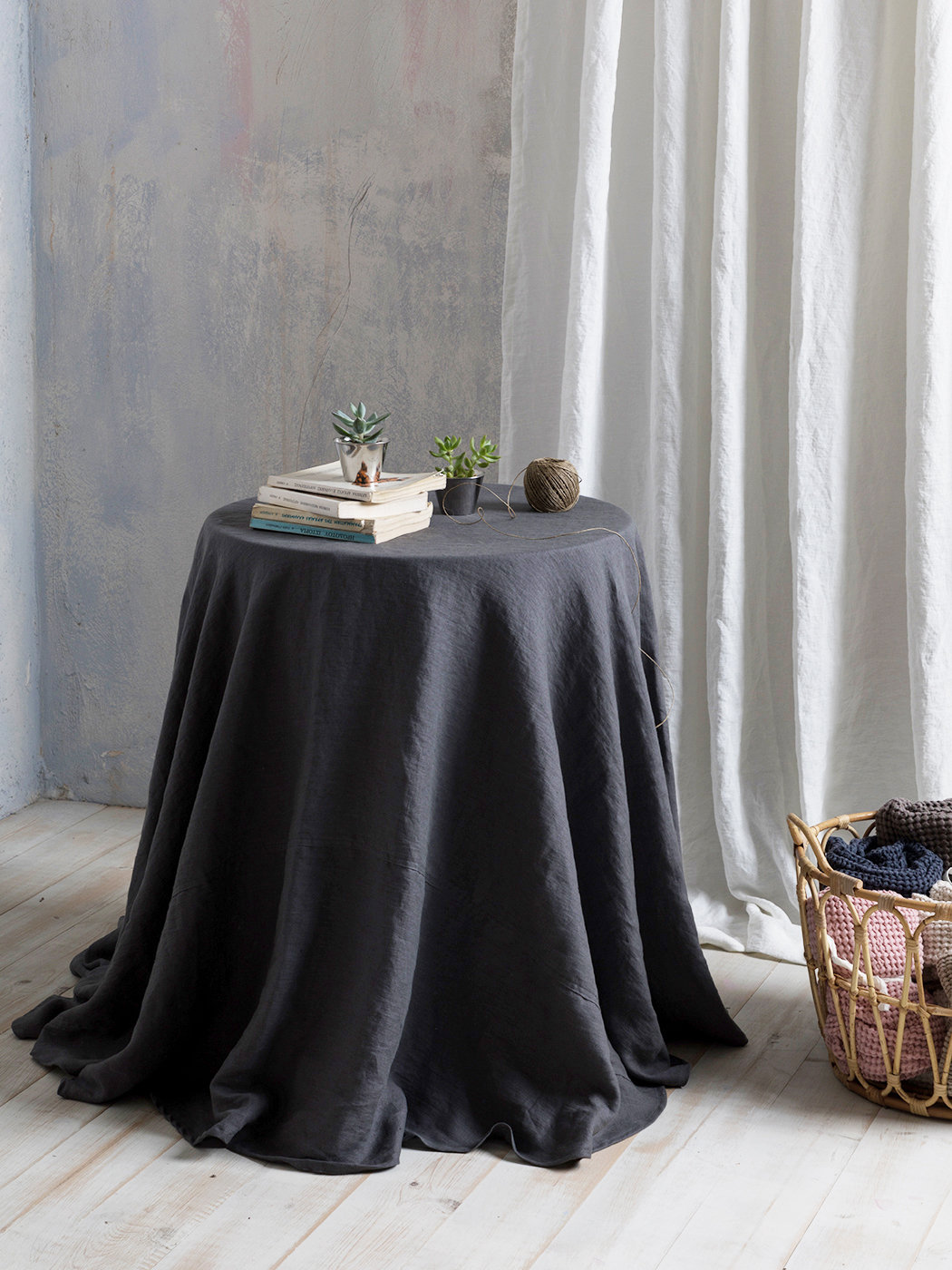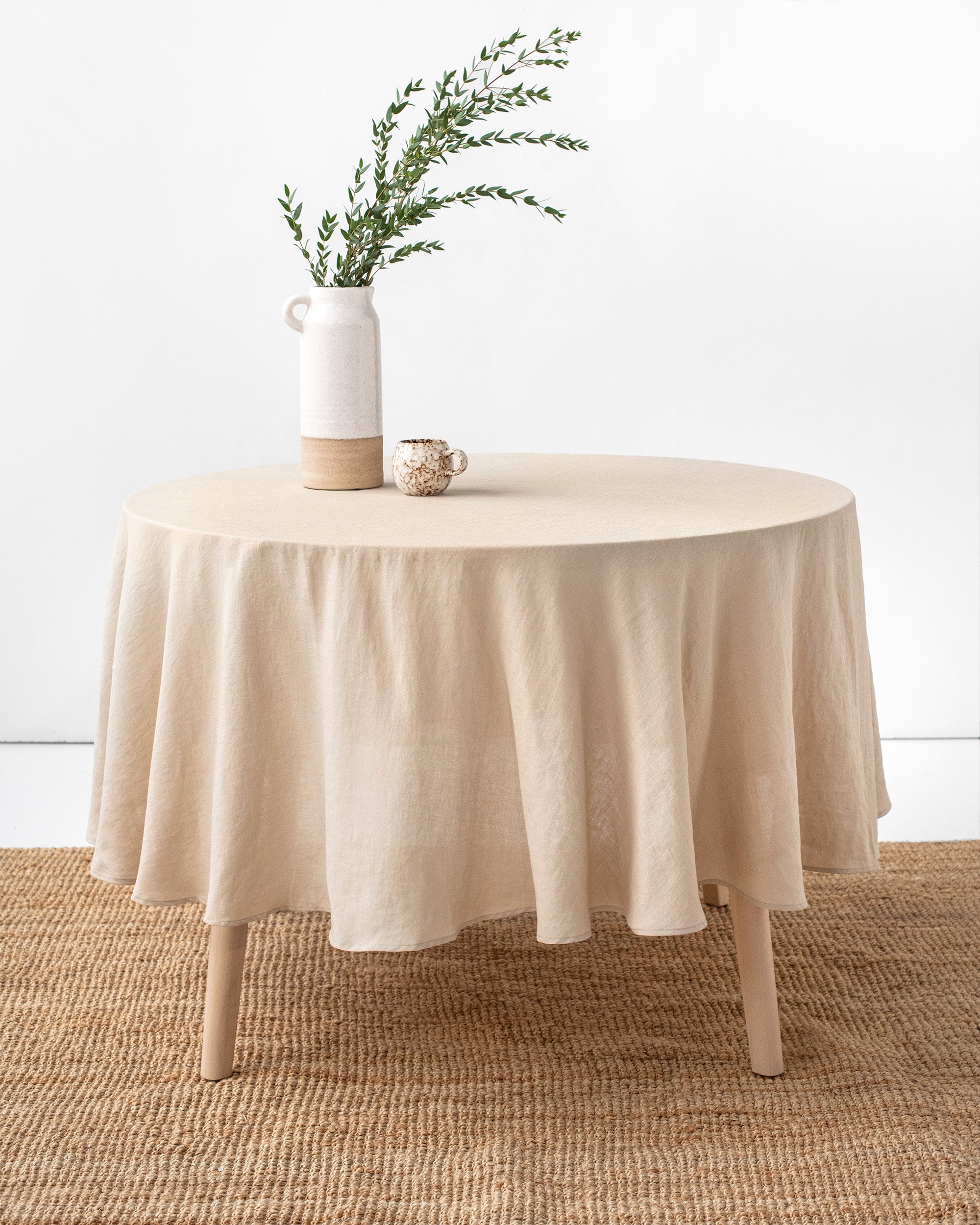Linen Material Technologies: Exploring Modern Trends and Creative Applications in Design and Textile Market
From sustainable manufacturing approaches to sophisticated weaving innovations, the development of linen is reshaping the landscape of the fabric market. As we delve into the worlds of innovative design applications and the emergence of bed linen blends and crossbreed fabrics, a new chapter unfolds in which bed linen's duty in future textile innovations takes facility phase.
Sustainable Practices in Linen Manufacturing
Lasting methods in linen manufacturing have become increasingly critical in the fabric industry's initiatives to decrease ecological impact and advertise ethical sourcing methods. Bed linen, a natural fiber originated from the flax plant, uses a variety of advantages such as biodegradability, breathability, and durability. However, typical approaches of bed linen production can entail considerable water intake, pesticide usage, and energy-intensive procedures.
To deal with these difficulties, lots of textile manufacturers are embracing lasting practices throughout the bed linen manufacturing process. This includes sourcing flax from natural ranches that avoid harmful pesticides and chemicals, applying water-efficient retting techniques to essence fibers from the flax stalks, and using eco-friendly dyes and surfaces. In addition, some firms are buying sustainable power resources to power their production facilities and lowering waste with recycling and upcycling efforts.
Technical Advancements in Linen Weaving
With the growing focus on lasting techniques in linen production, the fabric sector is currently witnessing a surge in technological developments particularly intended at transforming the art of linen weaving. These advancements are improving the means bed linen textiles are generated, offering increased efficiency, high quality, and creative thinking in weaving techniques.
Among the vital technical advancements in linen weaving is the integration of electronic looms. These sophisticated looms are outfitted with software that permits complex and intricate designs to be woven with accuracy. By digitizing the weaving procedure, makers can attain higher uniformity and precision in their linen materials.
Furthermore, developments in thread spinning technology have actually allowed the production of finer and more sturdy bed linen yarns - table cloths. This results in softer and smoother linen materials that maintain their quality also after numerous uses and washes
In addition, the advancement of green dyeing processes and surfaces for linen fabrics is acquiring grip. These lasting practices not just minimize the environmental influence yet likewise deal with the boosting consumer need for ethically generated textiles.
Creative Design Applications for Bed Linen
Ingenious artistic strategies are progressively forming the innovative layout applications for linen in the textile market. Designers are pushing the limits of traditional bed linen usage, discovering its flexibility in numerous applications. One famous fad is the combination of bed linen in sustainable fashion lines, where its environmentally friendly buildings are highlighted. Linen's all-natural aesthetic charm and ability to mix with various other fabrics make it a preferred selection for creating special garments and accessories that satisfy the eco conscious customer.
In addition, developers are try out linen in home decoration, using its resilient and breathable nature to craft elegant home furnishings such as drapes, bed linens, and furniture. The texture and drape of linen bring a sense of refinement and convenience to indoor spaces, adding a touch of beauty to modern-day homes.
:max_bytes(150000):strip_icc()/Bonnie-Phil_24-a9b5c05b6b684ff4a67f4c4b36cc9404.jpg)
Linen Blends and Hybrid Fabrics

Hybrid textiles, on the other hand, take the concept of mixing a step better by including additional components such as metallic strings, recycled products, or conductive fibers. These innovative fabrics not only increase the design opportunities yet additionally present functional facets like conductivity, antimicrobial residential properties, or improved durability. Crossbreed fabrics are progressively being utilized in different industries, including style, interior design, and technological textiles, where the demand for multifunctional products is on the increase.
Bed linen's Role in Future Fabric Innovations

In the world of future textile developments, bed linen is anticipated to be a vital player in the advancement of innovative useful fabrics. Researchers and developers are discovering helpful site ways to enhance linen's intrinsic high qualities via technical advancements, such as incorporating smart textiles, nanotechnology, and performance surfaces. These advancements aim to elevate linen's efficiency attributes, making it suitable for a broader variety of applications, from activewear to protective clothing.
Moreover, the combination of bed linen with various other all-natural or artificial fibers opens limitless possibilities for producing novel textiles with unique residential or commercial properties and performances. By leveraging linen's characteristics and exploring innovative blends, the textile sector is positioned to present interesting advancements that satisfy developing consumer demands and sustainability needs.
Verdict
In final thought, the exploration of sustainable techniques, technical improvements, imaginative style applications, linen blends, and its role in future fabric advancements highlight the constant evolution of bed linen material in the contemporary design and fabric market. With a focus on development and creativity, the flexibility and environment-friendly nature of linen make it a valuable product for developers and suppliers alike, paving the means for further growths and developments in the field of fabrics.
As we dig into the realms of innovative design applications and the emergence of bed linen blends and hybrid materials, a new chapter unravels in which linen's function in future fabric advancements takes facility stage.
Discovering the fusion of bed linen with various other materials has actually led to the emergence of cutting-edge blends and hybrid textiles in the contemporary fabric industry. Linen blends supply a distinct mix of the her comment is here characteristics of linen with those of various other fibers, resulting in textiles that possess improved residential properties such as raised toughness, improved draping, and decreased wrinkling.The advancement of bed linen blends and hybrid materials has actually established the stage for Linen to play an essential duty in driving future textile developments.In the world of future fabric technologies, linen is expected to be a crucial gamer in the development of advanced practical textiles.
Comments on “Premium Flat Sheet Selection: Convenience and Toughness for Every Bed”